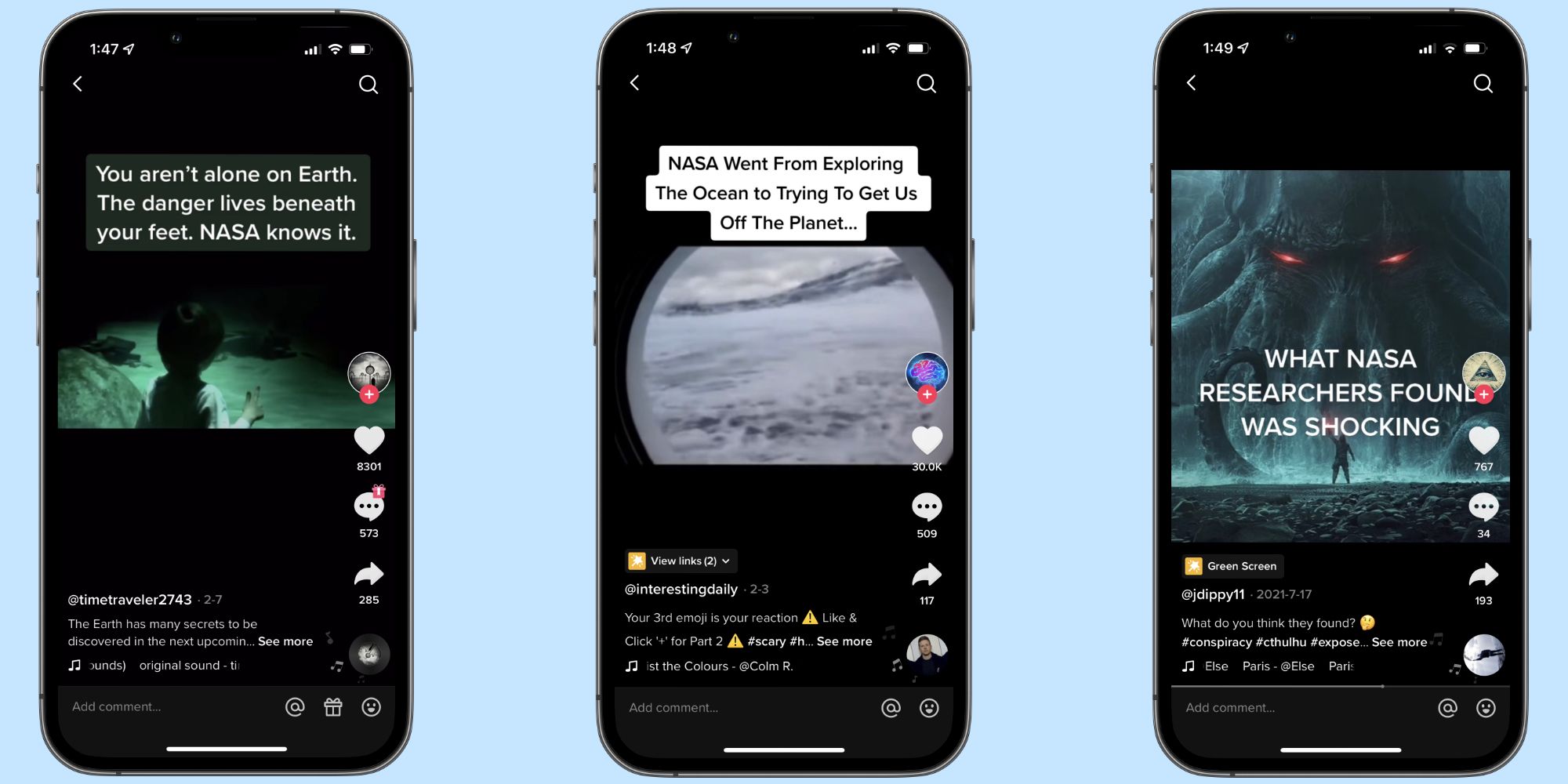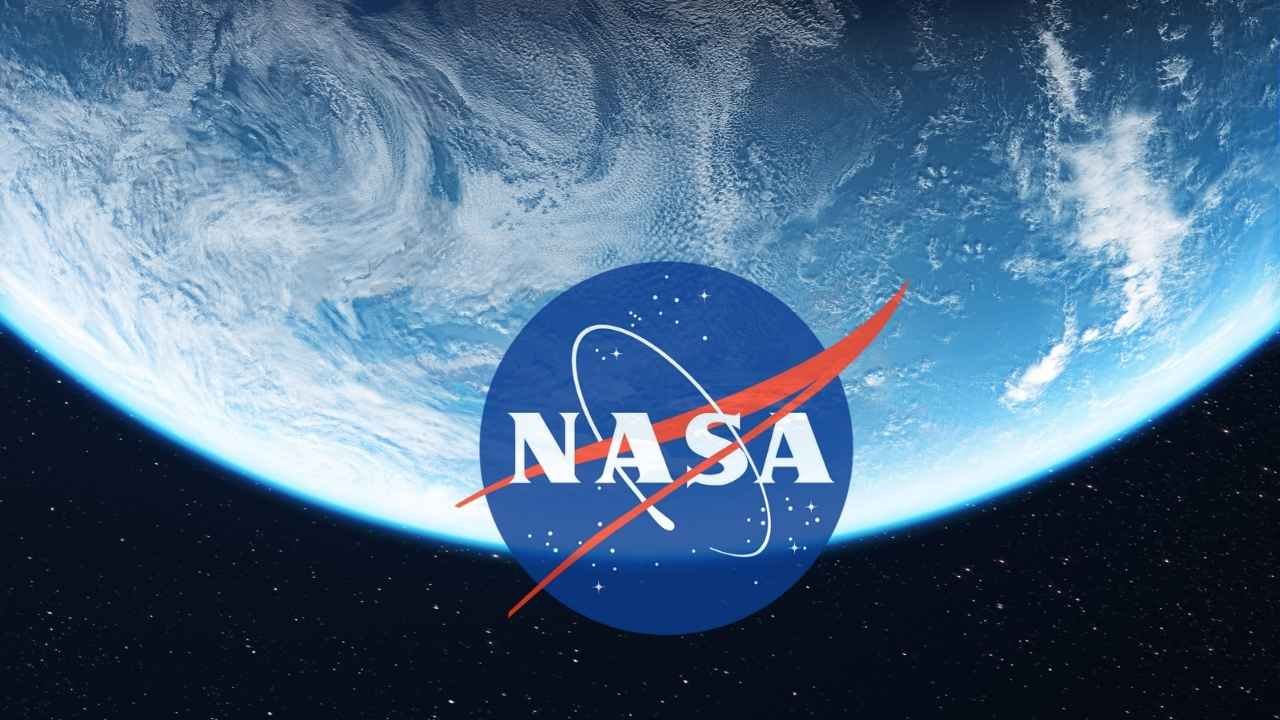When you think of NASA, the first image that comes to mind is often space exploration. However, the agency also has a long history of exploring Earth's oceans. But why did NASA stop exploring the ocean? This question has sparked debates and curiosity among scientists, enthusiasts, and the general public alike. Understanding the reasons behind this decision requires delving into the complexities of resource allocation, scientific priorities, and technological advancements.
The ocean remains one of the most mysterious and least explored parts of our planet. Despite its vastness and importance, NASA's focus has gradually shifted away from underwater exploration. While the agency still contributes indirectly to ocean studies, the scale of its involvement has significantly decreased. This change raises important questions about the balance between space and Earth-based research.
This article will explore the historical context, current challenges, and future possibilities surrounding NASA's ocean exploration efforts. By examining the reasons behind this shift, we aim to provide a comprehensive understanding of why NASA made this decision and what it means for the future of oceanography.
Read also:Discovering The Inspiring Journey Of Meri Brown
Table of Contents
- Introduction
- NASA's Early Involvement in Ocean Exploration
- Resource Allocation and Budget Constraints
- Changing Scientific Priorities
- Technological Advancements and Their Impact
- Collaborations with Other Agencies
- Challenges Faced in Ocean Exploration
- Public Interest and Awareness
- Future Directions and Possibilities
- Conclusion
NASA's Early Involvement in Ocean Exploration
During the mid-20th century, NASA played a significant role in ocean exploration. The agency's expertise in remote sensing and satellite technology provided valuable insights into Earth's oceans. Satellites such as Seasat and TOPEX/Poseidon revolutionized the way scientists studied ocean currents, temperatures, and topography. These missions laid the foundation for modern oceanography and demonstrated the potential of space-based technologies in understanding our planet's water systems.
Key Contributions to Ocean Science
NASA's early involvement in ocean exploration included several groundbreaking projects:
- Seasat (1978): The first satellite dedicated to studying the ocean, providing data on sea surface height, wind speed, and wave height.
- TOPEX/Poseidon (1992): A joint mission with CNES that measured ocean surface topography with unprecedented accuracy.
- JASON Series: Continuation of TOPEX/Poseidon's legacy, offering long-term monitoring of sea level changes.
These missions not only advanced scientific knowledge but also highlighted the interconnectedness of Earth's systems, emphasizing the importance of studying both land and sea.
Resource Allocation and Budget Constraints
One of the primary reasons why NASA stopped exploring the ocean lies in the challenges of resource allocation. As a government agency with limited funding, NASA must prioritize its missions based on strategic goals and public interest. Space exploration has historically received greater attention and support, leading to a natural shift in resources away from ocean-related projects.
How Budget Constraints Affect Research
According to a report by the National Science Foundation, NASA's budget for Earth science has remained relatively stable, but the demand for space exploration missions continues to grow. This imbalance creates competition for funding and forces the agency to make difficult choices. While ocean exploration remains important, it often takes a backseat to high-profile projects like Mars missions or the James Webb Space Telescope.
Changing Scientific Priorities
Scientific priorities evolve over time, reflecting new discoveries and societal needs. In recent decades, the focus on climate change, planetary defense, and the search for extraterrestrial life has dominated NASA's agenda. These priorities have redirected resources and attention away from ocean exploration, despite its critical importance to understanding Earth's ecosystems.
Read also:Download Ullu Web Series Your Ultimate Guide To Streaming And Downloading
Why Space Takes Precedence
While ocean exploration is vital, space missions offer unique opportunities to address fundamental questions about the universe. For example:
- The search for habitable exoplanets could redefine our understanding of life's potential.
- Studying asteroids and comets helps mitigate potential threats to Earth.
- Exploring other planets provides insights into Earth's geological and atmospheric processes.
These objectives align with NASA's broader mission to push the boundaries of human knowledge, making them a natural priority.
Technological Advancements and Their Impact
Technological advancements have transformed the landscape of ocean exploration. While NASA initially led the way in developing satellite-based tools, other agencies and private companies have since taken over. This shift has allowed NASA to focus on its core competencies in space exploration while still contributing indirectly to ocean science through data sharing and technology transfer.
Emerging Technologies in Oceanography
Some of the most promising technologies in oceanography include:
- Autonomous underwater vehicles (AUVs) for deep-sea exploration.
- High-resolution imaging systems for mapping ocean floors.
- Advanced sensors for monitoring water quality and biodiversity.
These innovations demonstrate the potential for collaboration between space and ocean sciences, even if NASA's direct involvement has decreased.
Collaborations with Other Agencies
Rather than abandoning ocean exploration entirely, NASA has chosen to collaborate with other agencies and organizations. Partnerships with NOAA (National Oceanic and Atmospheric Administration) and international entities like ESA (European Space Agency) allow for shared resources and expertise. This collaborative approach ensures that ocean science continues to benefit from NASA's technological advancements without requiring a full-scale commitment.
Examples of Successful Collaborations
Some notable examples of collaboration include:
- The Copernicus program, which combines satellite data from multiple agencies to monitor Earth's environment.
- Joint missions like GRACE (Gravity Recovery and Climate Experiment), which studies Earth's water cycle.
- International partnerships for climate research, leveraging NASA's data collection capabilities.
These collaborations highlight the importance of teamwork in addressing global challenges.
Challenges Faced in Ocean Exploration
Despite its potential, ocean exploration faces numerous challenges that have contributed to NASA's reduced involvement. These challenges include technical difficulties, environmental concerns, and logistical barriers. Addressing them requires innovative solutions and sustained investment from both public and private sectors.
Overcoming Technological Barriers
Some of the key challenges in ocean exploration include:
- Developing durable equipment capable of withstanding extreme pressures and temperatures.
- Improving communication systems for real-time data transmission from deep-sea environments.
- Minimizing environmental impact while conducting research.
By tackling these issues, scientists can unlock new possibilities for understanding Earth's oceans.
Public Interest and Awareness
Public interest plays a crucial role in shaping NASA's priorities. While space exploration captures the imagination of many, ocean science often receives less attention. Raising awareness about the importance of ocean exploration can help bridge this gap and encourage greater investment in related research.
Why Ocean Exploration Matters
Understanding Earth's oceans is essential for addressing pressing issues such as:
- Climate change and its impact on sea levels and weather patterns.
- Biodiversity conservation and sustainable resource management.
- Disaster preparedness and response to events like hurricanes and tsunamis.
By highlighting these connections, scientists can engage the public and policymakers in supporting ocean-related initiatives.
Future Directions and Possibilities
While NASA's direct involvement in ocean exploration may have diminished, the agency continues to contribute through partnerships, technology development, and data sharing. Looking ahead, there are exciting possibilities for integrating space and ocean sciences to address global challenges and expand human knowledge.
Emerging Trends in Ocean Research
Some promising trends in ocean research include:
- Artificial intelligence and machine learning for analyzing large datasets.
- Integration of satellite and in-situ observations for comprehensive monitoring.
- Development of new materials and technologies for deep-sea exploration.
These advancements offer hope for a future where space and ocean sciences work hand-in-hand to benefit humanity.
Conclusion
In conclusion, the question of why NASA stopped exploring the ocean can be attributed to a combination of factors, including resource allocation, changing scientific priorities, and technological advancements. While the agency's direct involvement has decreased, its contributions to ocean science continue through collaborations and shared technologies. Understanding this shift highlights the importance of balancing Earth-based and space-based research to address global challenges.
We invite you to share your thoughts and questions in the comments below. Are you passionate about ocean exploration? Do you believe NASA should revisit its commitment to this field? Let us know, and don't forget to explore other articles on our site for more insights into science, technology, and innovation.

